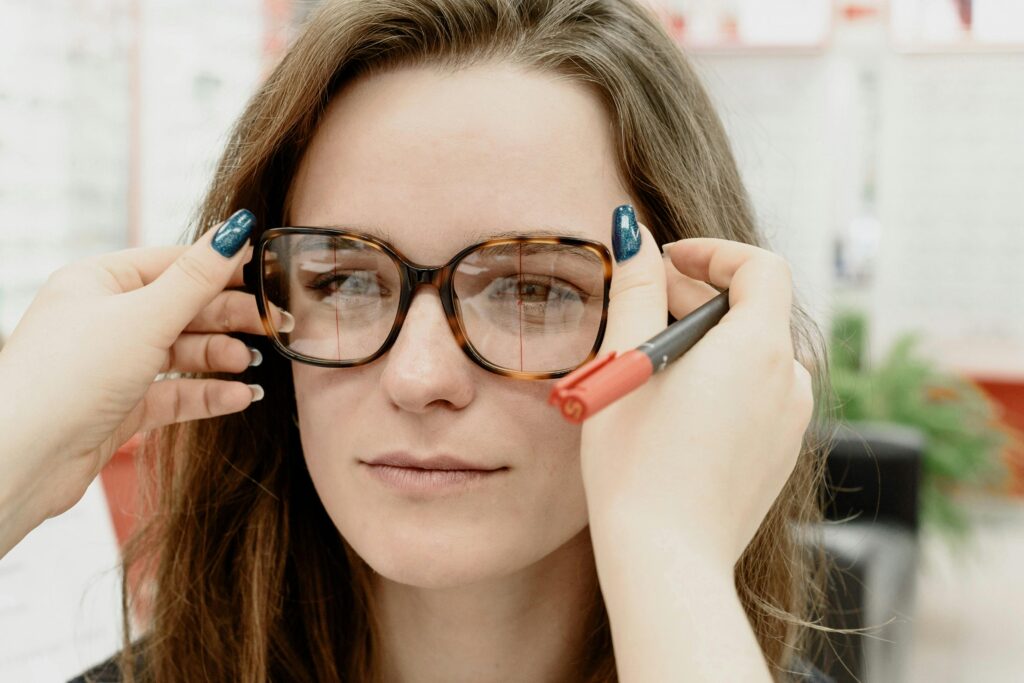

February is Low Vision Awareness Month: What You Can Do to Support Your Vision Health
February is Low Vision Awareness Month, a time dedicated to raising awareness about vision impairments and offering support to those living with low vision. Low vision is a significant health condition that affects millions of people, and it can make everyday tasks like reading, driving, or recognizing faces more challenging. At Ambleside Family Optometry, we want to help you understand what low vision is, how you can manage it, and what steps you can take to improve your quality of life.
What is Low Vision?
Low vision is a visual impairment that cannot be corrected with regular glasses, contact lenses, or surgery. It includes a range of vision problems such as blurry vision, blind spots, difficulty seeing at night, or tunnel vision. It can affect one or both eyes and may result from age-related conditions like macular degeneration, glaucoma, diabetic retinopathy, or eye injuries. Low vision can impact daily tasks and significantly reduce a person’s independence.
What Can Help Low Vision?
While low vision can’t always be fully corrected, there are many tools and strategies that can help individuals manage their condition and maintain a high quality of life. Here are a few options:
- Low Vision Aids: There are various devices designed to make life easier for those with low vision, including magnifiers, large print materials, screen readers, and specialized software for computers and smartphones. These devices help people read, write, and perform daily tasks with greater ease.
- Adaptive Technology: High-tech solutions like speech-to-text software, video magnifiers, and audio books are available to assist with reading, communication, and navigation. These tools can dramatically improve independence for those with low vision.
- Home Modifications: Making simple changes to your living environment can help reduce hazards and improve safety. Bright, uniform lighting, larger fonts on household labels, and high-contrast colours can make daily activities easier to perform.
- Vision Rehabilitation: Many people with low vision benefit from vision rehabilitation therapy. Trained specialists can teach you new ways to perform everyday activities and recommend techniques to make the most of your remaining vision.
How Can You Get Low Vision?
Low vision can affect people of all ages, but it is more common in older adults. Conditions like macular degeneration, diabetic retinopathy, cataracts, and glaucoma are often linked to low vision in older adults. Children and young adults may experience low vision due to congenital conditions, eye injuries, or other health issues. Regular eye exams and early detection are crucial in identifying low vision as soon as possible and seeking appropriate treatment.
What Should You Do if You Have Low Vision?
If you think you might have low vision or are struggling with visual tasks, the first step is to book an eye exam with an optometrist. At Ambleside Family Optometry, we can assess your vision health and provide tailored advice on how to manage low vision. Early detection allows for better planning and treatment, helping you stay independent and proactive in maintaining your vision health.
If you already have a diagnosis of low vision, we encourage you to consider a referral for vision rehabilitation services or explore available low vision aids. We also offer guidance on how to adapt your home and lifestyle for improved functionality and comfort.
Low Vision Awareness Month is a reminder to stay proactive about your eye health, whether you’re experiencing low vision or simply want to take care of your eyes. At Ambleside Family Optometry, we’re here to help guide you toward the best solutions for managing your vision health. Book an appointment today to learn more about low vision resources, vision aids, and how we can support your unique needs. Let’s work together to keep your vision strong and your life bright.
